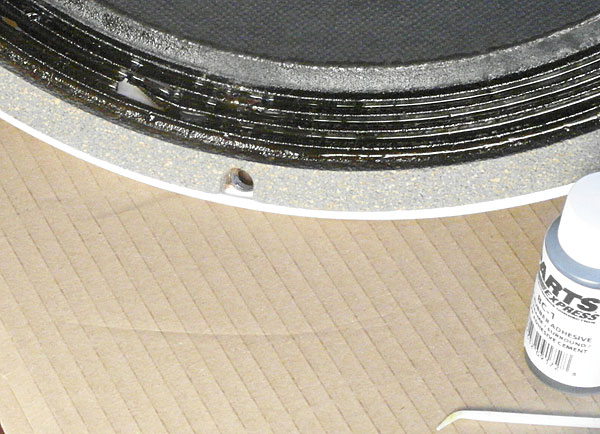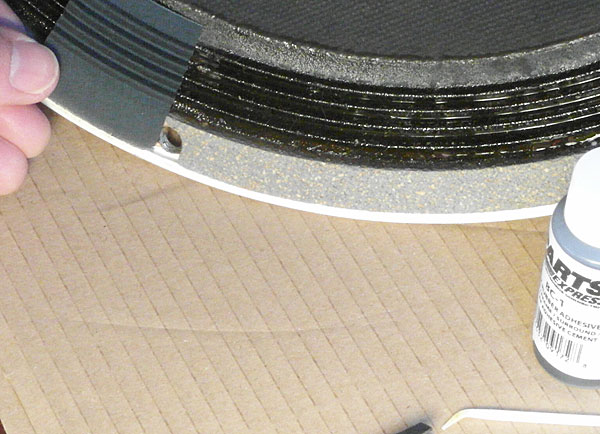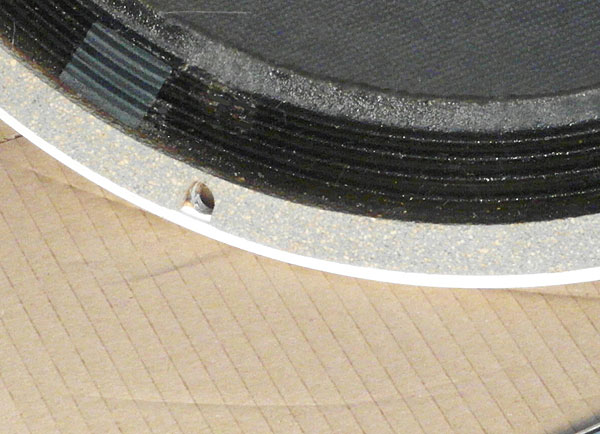| Columns Retired Columns & Blogs |
Not sure why Stereophile has this Mr. Fixit/Mr. Greenjeans home show thing going on.
Art at the shop; Next Episode, vanishing the cabinets!
Always imagine the resident noise floor of the gear you're listening through is audible well before you start playing anything. Euphonic, sweet but noisy.












































